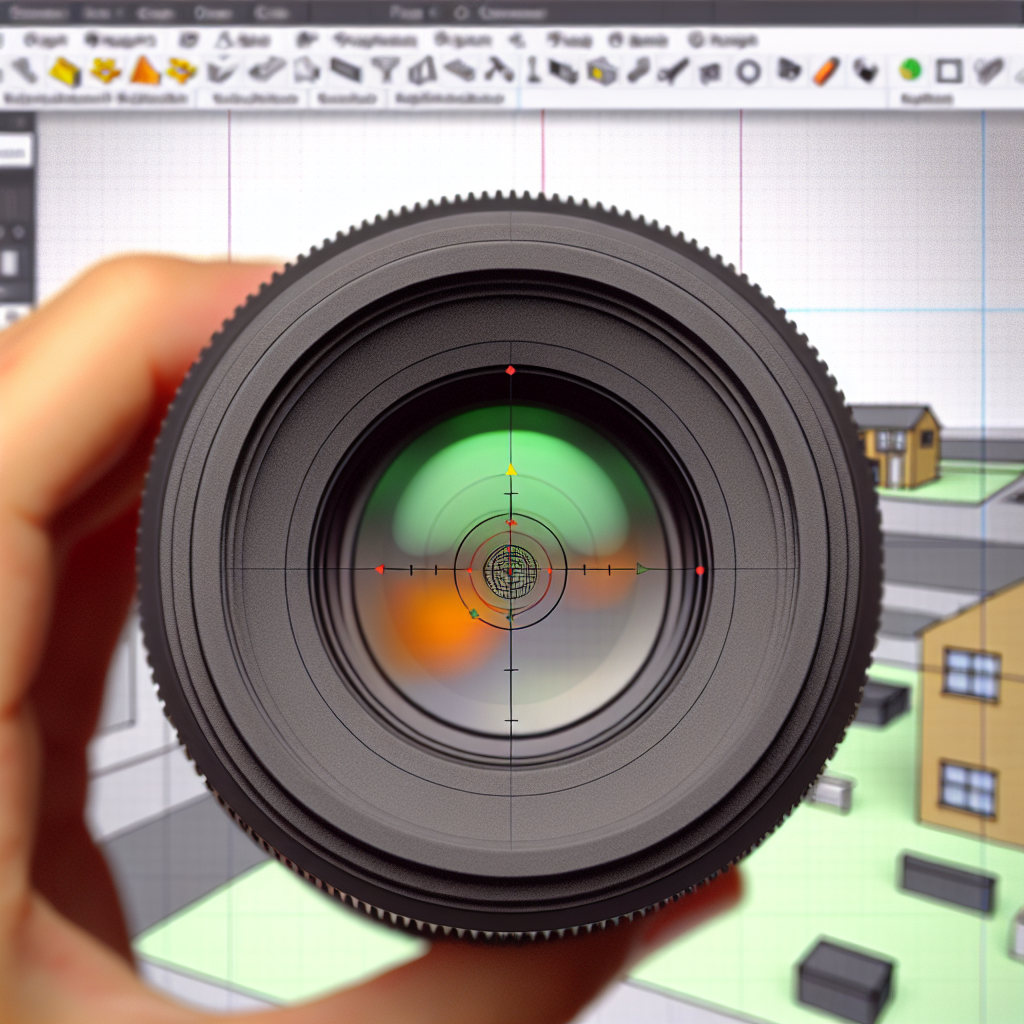Managing complex models in SketchUp can be challenging without efficient tools to organize and control numerous components. The Attribute Manager in SketchUp simplifies this process by allowing users to assign, edit, and manage attributes for various model elements seamlessly. This article explores how Attribute Manager enhances workflow and model management in SketchUp environments.
Understanding the Role of Attribute Manager in SketchUp
The Attribute Manager in SketchUp is a powerful tool designed to **assign, organize, and edit custom attributes** associated with model components such as groups, components, and layers. Unlike traditional methods that involve manual tagging or labeling, Attribute Manager provides a centralized interface for managing metadata, making complex projects more manageable and intuitive.
This tool significantly benefits designers by enabling the creation of dynamic models where attributes can control various aspects such as material properties, visibility conditions, and behavior parameters. For instance, a building model can have attributes like “Wall Color,” “Window Type,” or “Door Material,” which can be easily modified and propagated throughout the project. This streamlines the design process, fosters consistency, and reduces errors.
Implementing Attribute Manager for Enhanced Workflow
Using the Attribute Manager effectively involves a few key steps:
- Creating Attributes: Users can define custom attributes tailored to project needs, such as dimensions, labels, or material specs. These attributes are stored within the model and can be reused across components.
- Assigning Attributes: Once created, attributes can be assigned directly to specific components or groups, enabling dynamic control over their properties.
- Editing and Managing Attributes: Attributes are editable through the Attribute Manager, allowing for bulk modifications or individual updates. This flexibility is especially beneficial for large projects requiring frequent adjustments.
Moreover, Attribute Manager integrates with SketchUp’s API, allowing advanced users to develop scripts or plugins that automate attribute assignment and management, further elevating productivity and consistency.
This systematic approach to attribute management leads to **more organized models** and opens doors to **parametric and data-driven design techniques**. Overall, mastering the Attribute Manager can turn a tedious manual process into an efficient, scalable workflow.
In conclusion, the Attribute Manager in SketchUp is an essential tool for designers seeking improved organization, efficiency, and control over their models. It empowers users to create dynamic, data-rich models that are easy to modify and maintain. By understanding how to utilize its features effectively, you can significantly enhance your SketchUp projects and achieve professional results with less effort.
